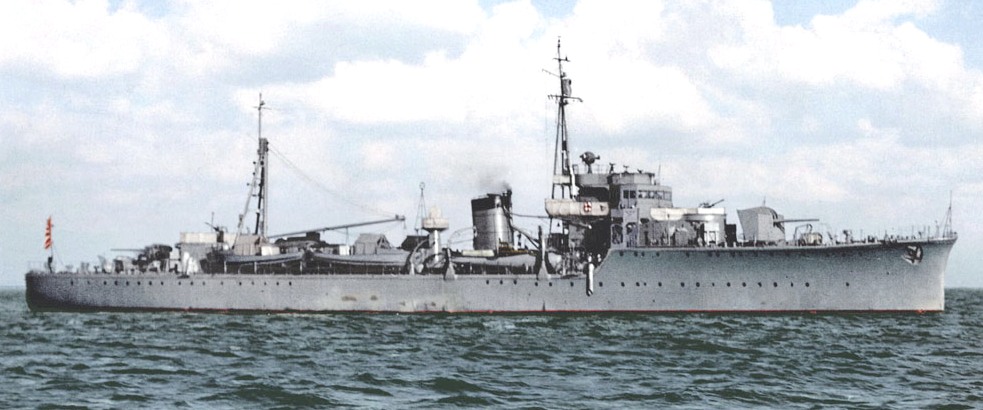
Hydrographic surveying involves mapping the ocean floor to update nautical charts in support of military operations and to make navigation at sea safe. In WW2, hydrographic surveying was conducted by vessels equipped with echo sounding gear. It was vitally important in vast ocean areas such as the Dutch East Indies where many nautical charts dated to the 18th and 19th centuries and many areas were uncharted. In the 1930ís, KOMAHASHI performed hydrographical surveys of Luzon Strait, the Mandate and Kurile Islands and Siberia's Kamchatka Peninsula. Between August and September 1942, she made surveys of the Aleutian Islands. In the late 1930ís, HAKUSA made hydrographical surveys along China's Yangtze River. Between 1940 and 1944, she made surveys of the Manchurian and North China coasts and later near Shanghai. In October 1941, KATSURIKI performed surveys and soundings in the vicinity of Tarawa preparatory to the December 1941 Japanese invasion of the atoll. In early 1942, TSUKUSHI made surveys and hydrographic soundings along the SW coast of Dutch New Guinea.

Bob Hackett is a military historian and researcher. Retired, he resides in the United States.
Peter Cundall is a maritime historian and researcher who specializes in merchant ships. He resides in Australia and works in the maritime industry.
Questions to the authors concerning these TROMs should be posted on the Discussion and Questions board. 
 |